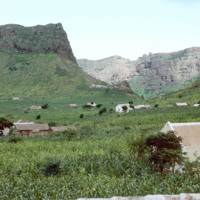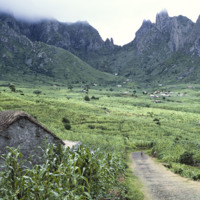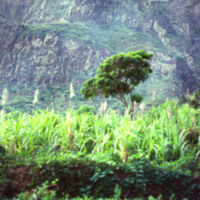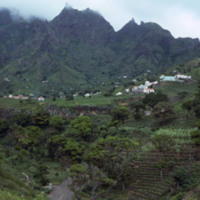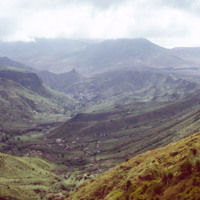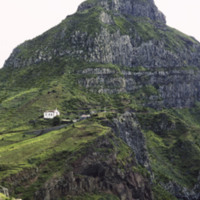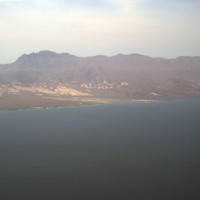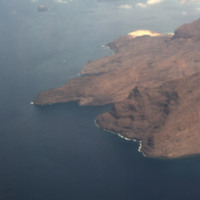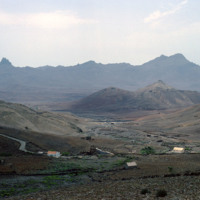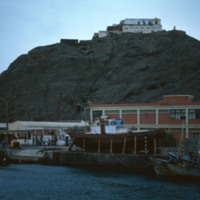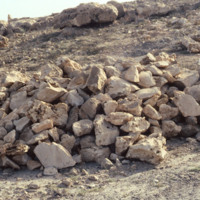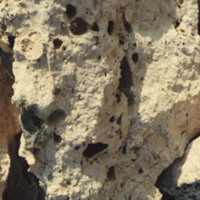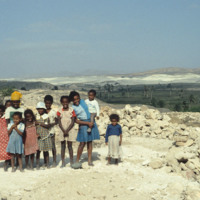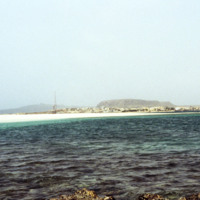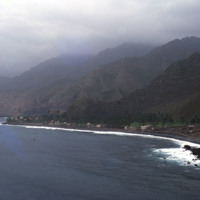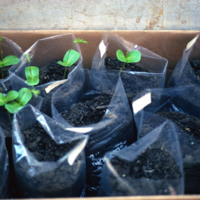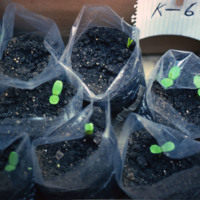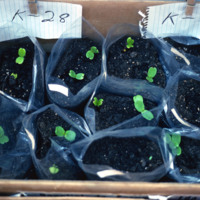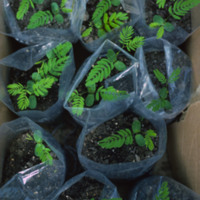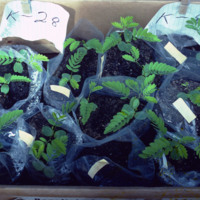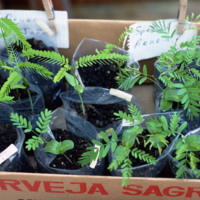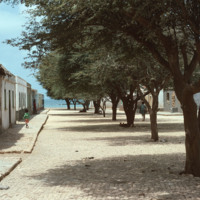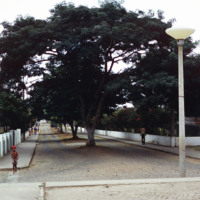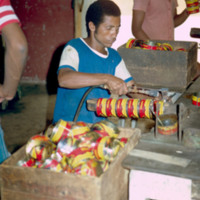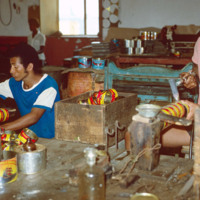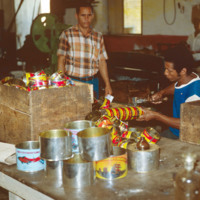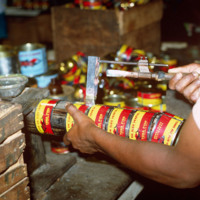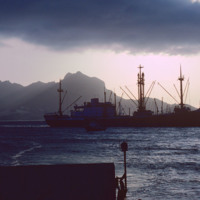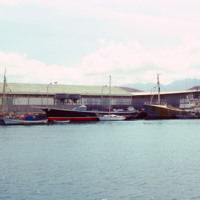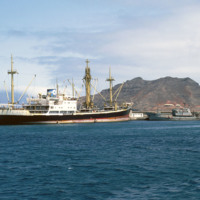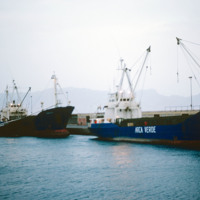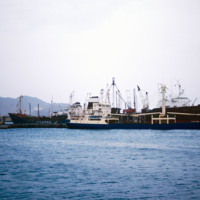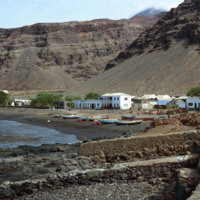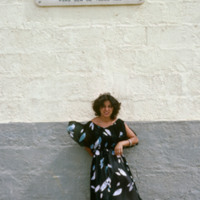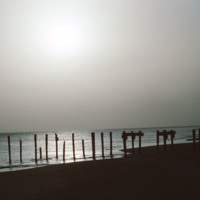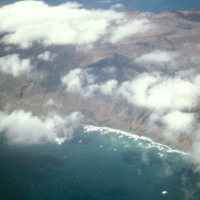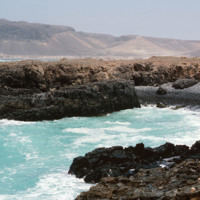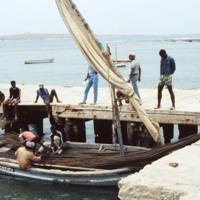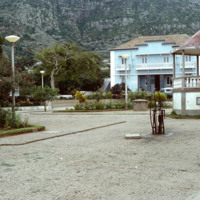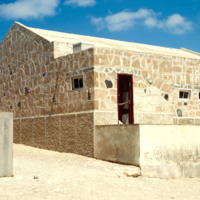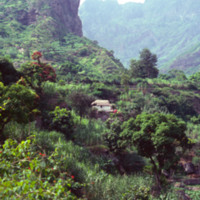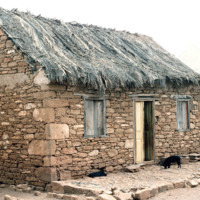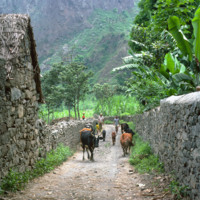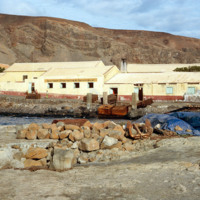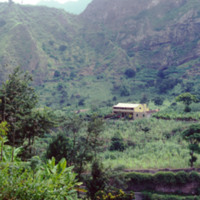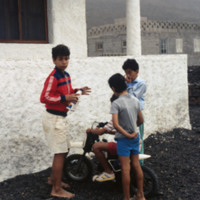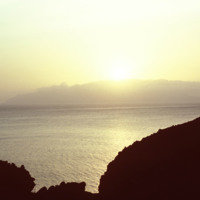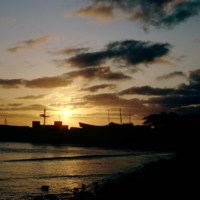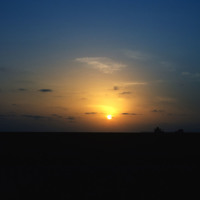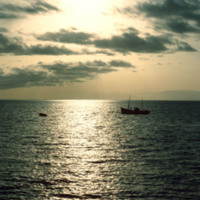Browse Items (657 total)
- Collection: Baxter Collection of Images of Cape Verde
São Nicolau Highlands
São Nicolau Interior Valley
Tags: agriculture, hinterland, São Nicolau
São Nicolau: Highlands above Ribeira Brava (1 of 3)
Tags: mountains, Ribera Brava / Panja, São Nicolau
São Nicolau: Highlands above Ribeira Brava (2 of 3)
Tags: mountains, Ribera Brava / Panja, São Nicolau
São Vicente Aerial View
Tags: aerial, barren, São Vicente, shore, waterfront
São Vicente from the Air
Tags: aerial, barren, landscape, São Vicente, waterfront
São Vicente, View from Monte Verde
Seascape with Sal Rei
Tags: Boa Vista, city, coast, desert, desert island, Sal Rei, seascape, shoreline, waterfront
Seaside village with foggy mountains rising above
Tags: coastal village, fog, mountains, Road to Paùl, Santo Antão, seaside, volcanic rock
Seedlings of "Leucina"
Seedlings of "Leucina"
Seedlings of "Leucina"
Seedlings of "Leucina"
Seedlings of "Leucina"
Seedlings of "Leucina"
Shady Street in Calheta
Tags: buildings, cobblestone, houses, Maio, street view, village
Shady Street in Nova Sintra
Tags: brava, cobblestone, Nova Sintra, street view, vegetation, village
Shaping and Labeling of Tuna Cans (1 of 4)
Tags: cannery, fishing, industry, São Nicolau, SUCLA, Tarrafal, Tarrafal Municipality, tuna, workers
Shaping and Labeling of Tuna Cans (2 of 4)
Tags: cannery, fishing, industry, São Nicolau, SUCLA, Tarrafal, Tarrafal Municipality, tuna
Shaping and Labeling of Tuna Cans (3 of 4)
Tags: cannery, fishing, industry, São Nicolau, SUCLA, Tarrafal, Tarrafal Municipality, tuna
Shaping and Labeling of Tuna Cans (4 of 4)
Tags: cannery, fishing, industry, São Nicolau, SUCLA, Tarrafal, Tarrafal Municipality, tuna
Ship in Bay of Mindelo
Tags: harbor, Mindelo, port, São Vicente, ships, sunset, vessels, waterfront
Ships at Porto Grande
Tags: Mindelo, port' ships, São Vicente, vessels
Ships at Porto Grande
Tags: ferry, harbor, Mindelo, port, Porto Grande, São Vicente, transportation
Ships Docked at Porto Grande
Tags: bay, commerce, harbour, industry, Mindelo, port, Porto Grande, São Vicente, ships, vessels, waterfront
Ships in Porto Grande
Tags: bay, commerce, harbour, industry, Mindelo, port, Porto Grande, São Vicente, ships, vessels, waterfront
Shoreline of Tarrafal
Tags: beach, boats, fishing, harbor, São Nicolau, Tarrafal, Tarrafal Municipality, waterfront
Sign by the Pozolan Mines
"In 1947, Emilio Santiago discovered and identified the existence of pozolan in the landscape of Cape Verde. With 93 years, Luiz C. Santiago selflessly and courageously made the…
Tags: Porto Novo, pozolan, São Antão
Silhouette of Dock Ruins, Maio
Small Coastal Town on São Vicente
Tags: coastal town, São Vicent, São Vicente
Square in Nova Sintra
Tags: brava, Nova Sintra, praça, square, vegetation, village, water, well
Stone cottage in the mountains
Tags: Santo Antão, stone cottage, stonework, thatched roof
Stone House in Calheta
Tags: Calheta, home, house, stone house, village
Street View in Paùl
Tags: animals, livestock, mountain life, Paùl, Ribeira de Paùl, Santo Antão
SUCLA (Society of Overseas Canning)
Tags: business, fishing, industry, São Nicolau, SUCLA, Tarrafal, Tarrafal Municipality, waterfront
Sugar Cane Estate
Tags: estate, farming, Paùl, Santo Antão, sugar cane
Sunday at Calhau
Tags: São Vicente
Sunset on Tarrafal Bay
Tags: bay, coastline, fishing, fishing vessels, São Nicolau, shore, sunset, Tarrafal, Tarrafal Municipality
